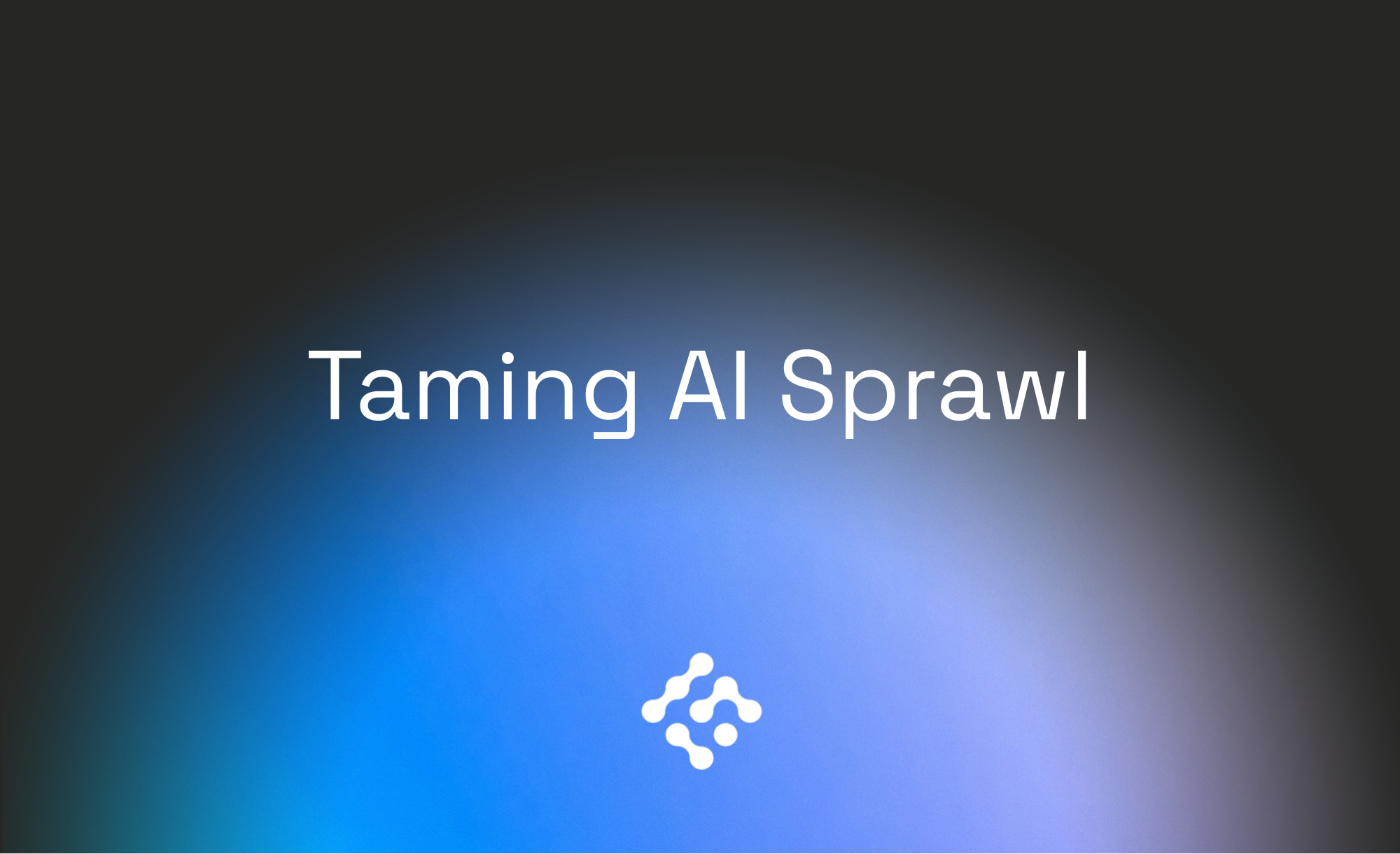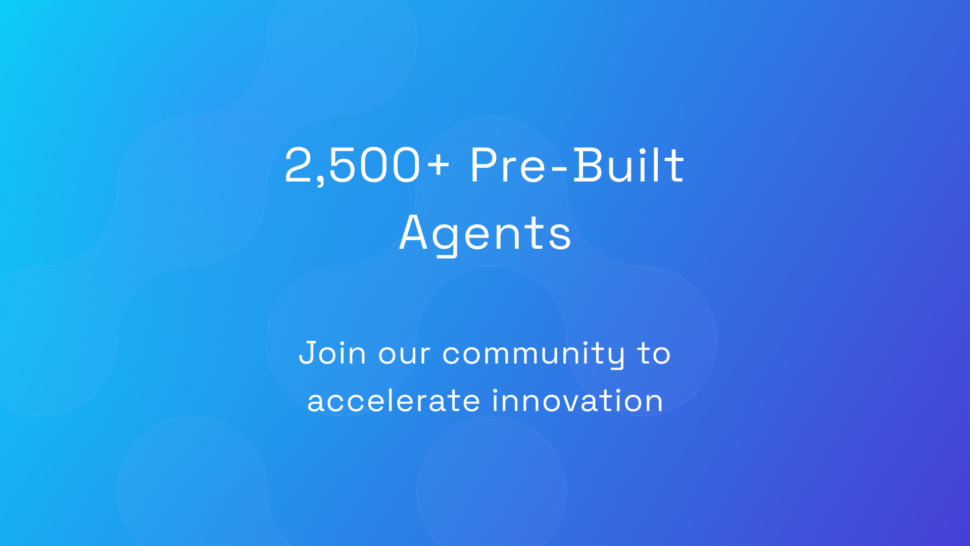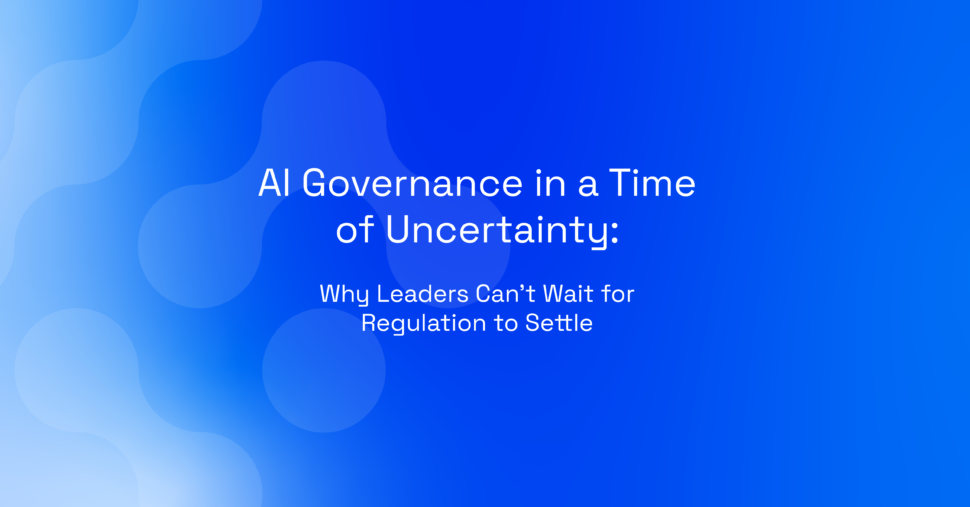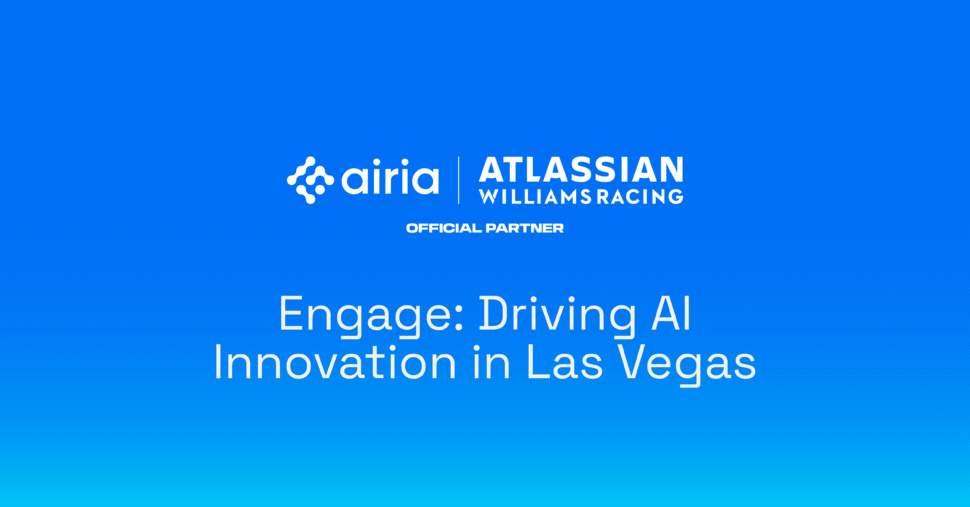Table of Contents
Taming AI Sprawl: Why Enterprise AI Orchestration Is No Longer Optional
The enterprise AI revolution is in full swing, but there’s a problem hiding in plain sight. While organizations rush to deploy AI solutions across departments, many are inadvertently creating a new challenge that threatens to undermine their entire AI strategy: AI sprawl.
If your organization is like most enterprises today, you’re probably witnessing the rapid proliferation of disconnected AI tools across business functions. Marketing has their AI content generators, finance is using AI for forecasting, customer service deployed chatbots, and engineering teams are experimenting with code generation tools. Each solution delivers value individually, but collectively they’re creating a fragmented landscape that inflates costs, limits scalability, and—most critically—creates dangerous blind spots in security and governance.
The Hidden Costs of AI Sprawl
AI sprawl isn’t just an organizational inconvenience—it’s a strategic threat that manifests in several ways:
Security Vulnerabilities: When AI tools operate in isolation, each becomes a potential entry point for data breaches. Without centralized oversight, sensitive information can flow through multiple AI systems with varying security standards, creating vulnerabilities that bad actors can exploit.
Governance Gaps: Disconnected AI implementations make it nearly impossible to maintain consistent compliance standards. Different tools may handle data differently, apply varying privacy controls, or lack adequate audit trails—creating regulatory nightmares for enterprises in highly regulated industries.
Cost Inefficiencies: Multiple AI subscriptions and licenses across departments lead to redundant spending and missed opportunities for volume discounts. Without visibility into total AI usage, organizations often overspend while underutilizing their AI investments.
Limited Scalability: Siloed AI solutions can’t leverage shared learnings or integrate workflows across departments. This fragmentation prevents organizations from building the sophisticated, interconnected AI systems needed for true competitive advantage.
Innovation Bottlenecks: When teams can’t easily share AI capabilities or build upon each other’s work, innovation slows. Valuable AI models and workflows remain trapped within departmental boundaries instead of driving organization-wide transformation.
The Rise of Shadow AI
Perhaps most concerning is the emergence of “shadow AI”—unauthorized AI tools that employees adopt without IT oversight. Just as shadow IT created security headaches in the cloud era, shadow AI introduces risks that many organizations don’t even know they have.
Employees, eager to improve productivity, often turn to readily available AI tools without considering enterprise security requirements. They might upload sensitive customer data to public AI services, share proprietary information through unsecured chatbots, or create business-critical workflows using tools that lack proper backup and governance controls.
The result? CIOs lose visibility and control over their AI landscape precisely when oversight is most critical.
Enterprise AI Orchestration: The Solution to Sprawl
This is where enterprise AI orchestration platforms become transformative. Rather than fighting AI sprawl through restrictions and prohibitions, smart organizations are embracing platforms that provide unified control while enabling innovation.
At Airia, we’ve designed our platform specifically to address the sprawl challenge. Here’s how enterprise AI orchestration works in practice:
Unified Development and Deployment
Instead of managing dozens of disconnected AI tools, organizations can build and deploy AI agents through a single, comprehensive platform. This doesn’t mean limiting choice—it means providing a secure, scalable foundation that can accommodate diverse AI needs while maintaining centralized oversight.
Our platform enables technical teams to:
- Build custom AI agents tailored to specific business needs
- Deploy pre-built agents for common use cases
- Integrate existing AI investments through our secure AI gateway
- Scale successful pilots across the organization efficiently
Centralized Governance Without Stifling Innovation
The key to successful AI orchestration is balancing control with agility. Our governance framework ensures consistent security protocols and compliance standards across all AI implementations while maintaining the flexibility teams need to innovate rapidly.
This means:
- Consistent Security: Every AI interaction flows through the same security controls, regardless of the underlying model or use case
- Unified Compliance: Audit trails, data handling policies, and regulatory requirements are enforced automatically across all AI deployments
- Controlled Access: Role-based permissions ensure team members can access the AI capabilities they need without compromising sensitive information
- Real-time Monitoring: Complete visibility into AI usage patterns, costs, and performance across the organization
Seamless Integration with Existing Investments
Organizations don’t need to abandon their current AI tools to benefit from orchestration. Our platform integrates with existing AI agents and services, allowing enterprises to leverage their current investments while bringing them under centralized management.
This integration capability means you can:
- Connect existing AI tools through our secure gateway
- Gradually consolidate redundant solutions
- Build new capabilities that complement current tools
- Maintain operational continuity during the transition
Real-World Impact: From Chaos to Control
The transformation we see in organizations that implement AI orchestration is dramatic. Instead of struggling with fragmented AI initiatives, they gain:
Strategic Clarity Leadership teams can see exactly how AI is being used across the organization, which initiatives are delivering ROI, and where additional investment should be directed.
Accelerated Innovation Teams can build on each other’s AI work, creating sophisticated workflows that span departments and deliver compound value.
Reduced Risk Centralized security and governance controls eliminate the vulnerabilities created by shadow AI while ensuring consistent compliance across all AI implementations.
Cost Optimization Organizations can optimize AI spending through better utilization tracking, volume licensing, and elimination of redundant tools.
Faster Time-to-Market Pre-built agents and streamlined deployment processes significantly reduce the time required to launch new AI initiatives.
The Competitive Imperative
As AI adoption accelerates, the organizations that successfully manage AI sprawl will have a significant competitive advantage. They’ll be able to deploy AI solutions faster, more securely, and more cost-effectively than competitors struggling with fragmented approaches.
The window for getting this right is narrowing. As AI becomes more deeply embedded in business operations, the cost and complexity of addressing sprawl after the fact grows exponentially. Organizations that invest in proper AI orchestration now will be better positioned to capitalize on emerging AI capabilities while maintaining the security and governance standards their stakeholders demand.
Building Your AI Orchestration Strategy
If you’re recognizing signs of AI sprawl in your organization, the time to act is now. Here are the key steps to consider:
- Assess Your Current State: Conduct an audit of all AI tools and initiatives across your organization
- Identify Integration Opportunities: Look for redundant capabilities and workflows that could benefit from consolidation
- Establish Governance Requirements: Define the security, compliance, and operational standards your AI orchestration platform must meet
- Plan Your Migration Strategy: Develop a phased approach for bringing existing AI initiatives under centralized management
- Enable Your Teams: Provide training and resources to help teams leverage orchestration capabilities effectively
The Future of Enterprise AI
The enterprises that will thrive in the AI era won’t be those with the most AI tools—they’ll be those with the most effective AI orchestration. By providing a secure, scalable foundation for AI deployment, orchestration platforms like Airia enable organizations to fully realize the transformative potential of artificial intelligence while maintaining the control and governance that enterprise success demands.
The choice is clear: continue struggling with AI sprawl and its associated risks, or embrace orchestration and unlock the full potential of your AI investments. The organizations that choose orchestration today will be the ones shaping their industries tomorrow.



